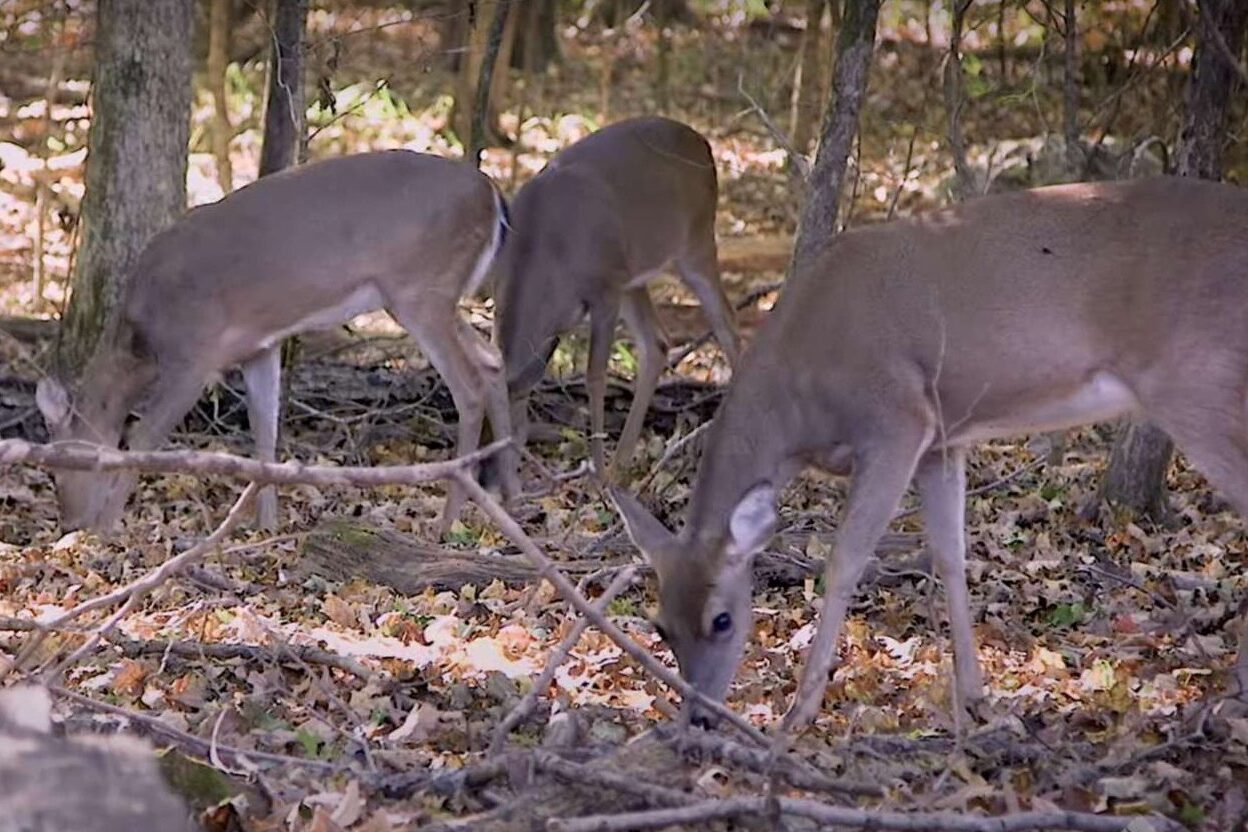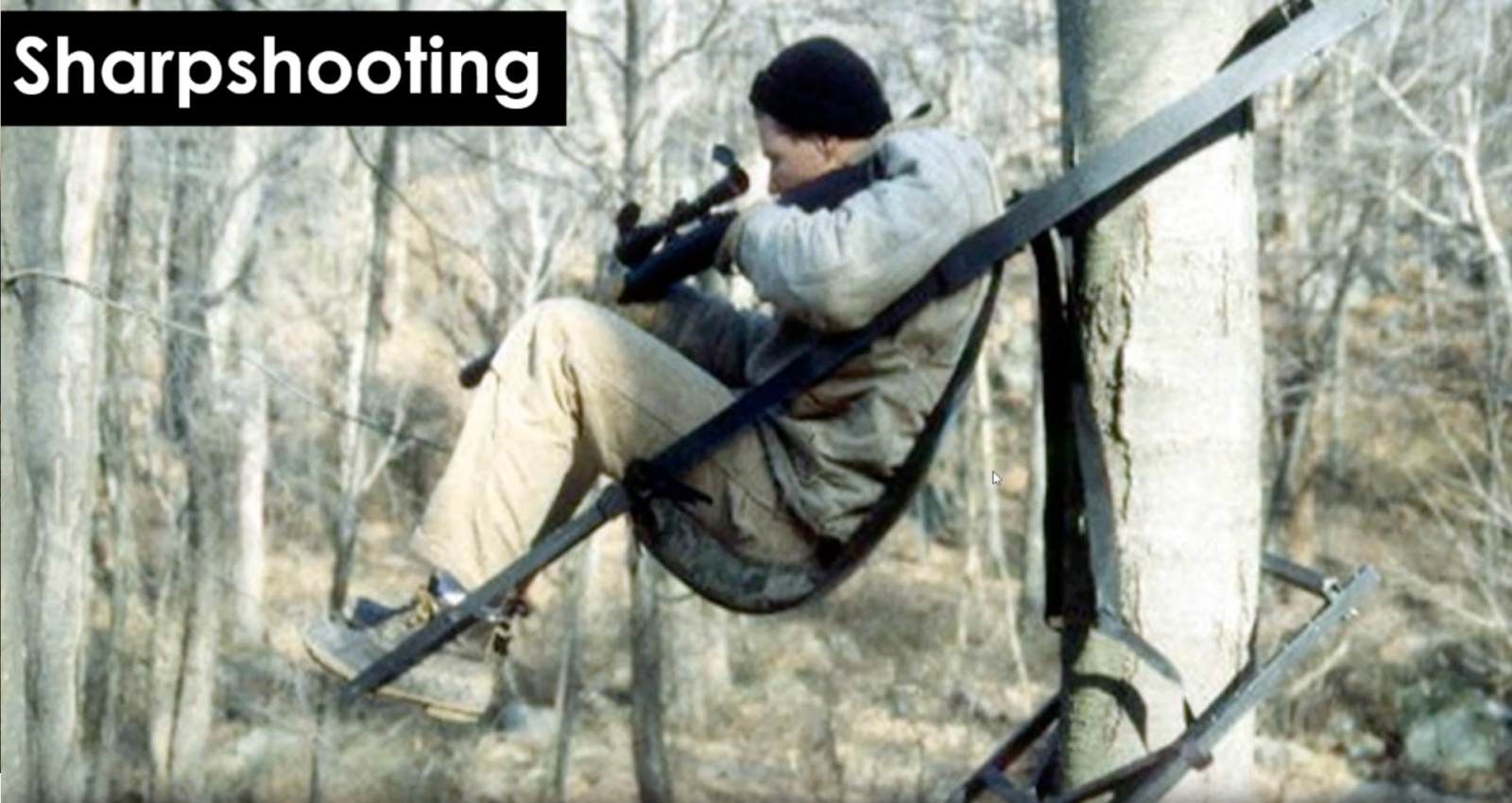The concentration of deer in Arlington’s parks is up to 16 times above desired levels, based on a newly released analysis of county data.
The Animal Welfare League of Arlington (AWLA) has raised doubts about the new numbers, which county staff revealed at a virtual information session last Thursday. What the numbers mean for Arlington’s much-debated deer management strategy remains to be seen.
A 2021 study found that some sections of Arlington exceed “healthy” levels — which some environmental professionals consider five to 15 deer per square mile — leading the county to begin asking the community how it should control its deer population. The county followed up this survey with new estimates, released last week, that looked specifically at county parks and found 12 forested areas with an average of 124 deer per square mile.
“The key takeaway from that survey is that the deer were not evenly distributed throughout the county, but they are highly concentrated in our forest parks,” said John Marlin, a deputy division chief at the Dept. of Parks and Recreation.
Glencarlyn Park had the greatest concentration, with 53 deer observed in its 0.156 square miles, or 339 deer per square mile. That is 16 times higher than the 20 deer per square mile Marlin said the county aims to stay under.

Excessive numbers of deer can harm forest ecosystems by over-browsing certain plant species and eating tree seedlings before they can mature into saplings.
“Because our parks are very small, it doesn’t take many deer to reach a high, unsustainable population density,” county spokesperson Jerry Solomon said. “One deer can eat 5-7 pounds of vegetation per day, which equates to roughly 2,000 pounds of leaves and twigs per year. So, even a few deer can have an impact if the park is too small to sustain them. ”
AWLA, which oversees animal control for Arlington County, has long disputed the validity of the county’s deer population goals. After the meeting last week, it raised doubts about the newly released numbers in a statement.
“Unfortunately, this afternoon, DPR’s presentation left the community with more questions than answers,” the group said. “Particularly, the revelation that there are purportedly 124 deer per square mile in Arlington. This number significantly differs from previously reported estimates, indicating that the presented data is unclear.”
AWLA noted that these numbers could have implications for Arlington’s deer management strategy.
“If this new figure is accurate,” the AWLA noted, “Arlington would have to reduce its deer population by nearly 90% to reach what has been deemed an acceptable carrying capacity. This level of culling would be in direct conflict with the results from the County’s first engagement period, which clearly demonstrated that residents are more supportive of non-lethal deer management solutions.”
A recent county survey found that 63% of respondents are “supportive” or “very supportive” of reducing deer populations through non-lethal surgical sterilization, compared to 43% who supported the use of professional sharpshooting. Some 34% of respondents supported archery and 31% supported fences.
While sterilization is more popular among respondents, county staff outlined a few downsides to the method, saying it would be more expensive than sharpshooting, it may not meet the county’s population goals and is not commonly used among Arlington’s neighbors, all of whom — save Alexandria — have deer management programs.
Some research suggests that spaying female deer reduces populations by about 45% four years after a program is implemented, staff said. This process, which would involve tranquilizing female deer, surgically sterilizing them and supervising them as they recover from anesthesia, would also cost about $1,185 per deer.
The only nearby municipality that has tried out sterilization is the city of Fairfax, which used sterilization to reduce its deer population from 91 in 2014 to 40 in 2018 as part of a study, county staff said.
Sharpshooting — used even in parks near residential areas such as Rock Creek Park in D.C. — would cost about half this amount per deer. Professional sharpshooters would wait in tree stands and shoot deer at night, a method that the county described as “instantaneous and painless.” The county would distribute venison to residents experiencing food insecurity.
County staff said they have not received a “concrete recommendation” on how much Arlington needs to reduce its deer population.




